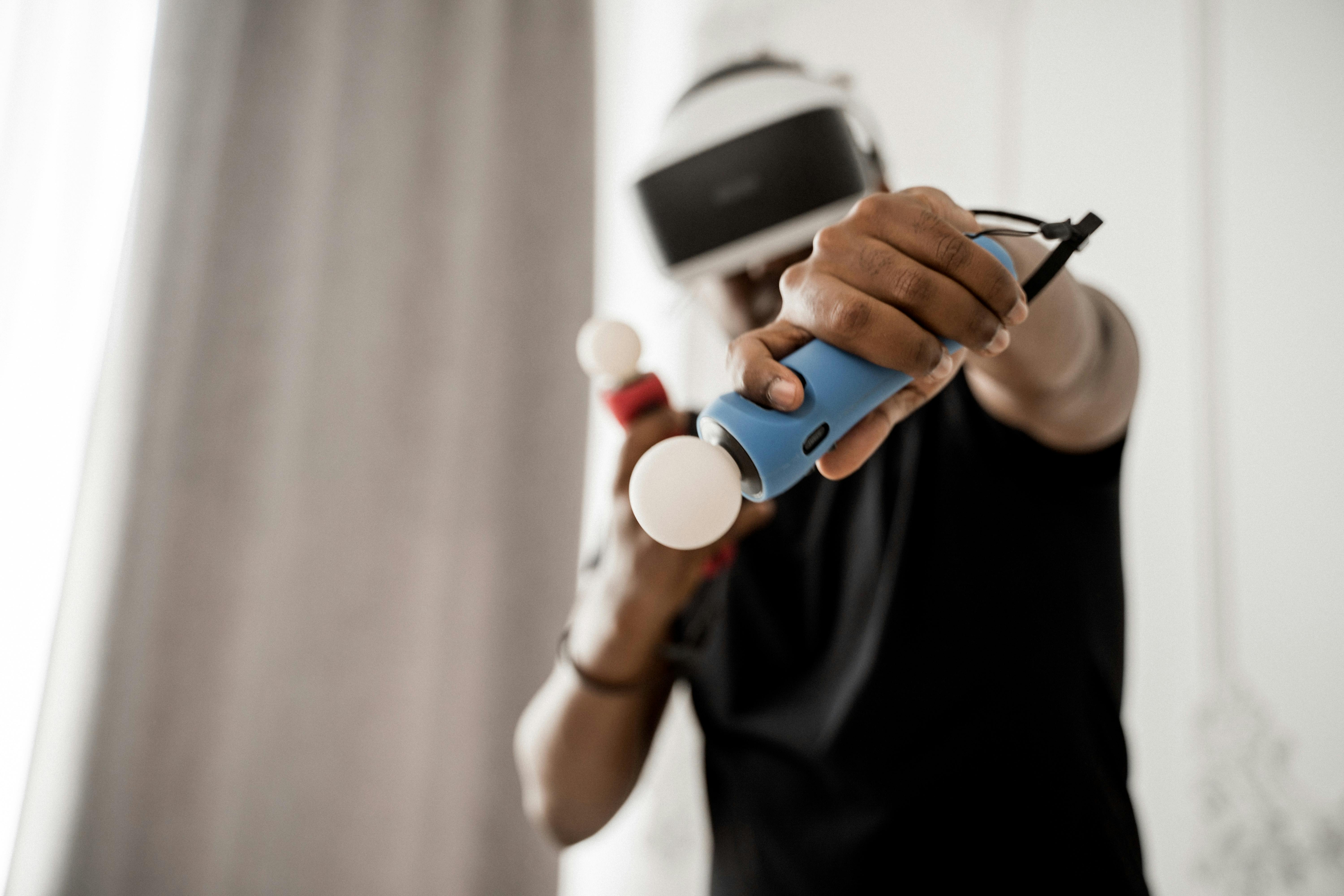I think it’s no secret to most people who sit in an office chair slumped over a computer all day that sitting yet it can literally beat your back and neck to a pulp!
Here’s what I did to help you… I went to the Occupational Safety and Health Administration (OSHA) website and perused their Workstation Checklist for some of the best advice on your body position I could think of. that could help you. most. I then modified them slightly based on my clinical experience seeing thousands of cases of video screen terminal syndrome, and of course to make sure they are easy to understand:
Head and neck – The top of the monitor should be positioned so that your eyes are just above the center of the screen. This will help position it so you can read it without having to tilt your neck down or back.
And just as importantly, your monitor should be directly in front of you so you don’t turn your head more than 5 degrees to the right or left to see it.
Torso – Make sure your body is perpendicular to the floor and looking straight ahead (not twisted).
It’s okay to be leaning against a backrest; she just didn’t collapse against him.
Arms – Your forearms should be at a 90-degree angle to your upper arms and rest comfortably on armrests that allow for good movement while you work and don’t push your shoulders up into a shrug position.
dolls – Your wrists should be in a straight line with your forearms and make sure they’re not resting on sharp edges as you hit those keys fire at 50+ wpm (not sure if that’s fast or not).
Hands – Give your hands a break from time to time by using a different type of mouse. If you use a 2-button mouse with your right hand all day, try switching to a trackball to change your hand position for a while, or learn to use your left hand.
Legacy – Your thighs should be parallel to the floor with the lower legs perpendicular to the floor. The thighs may be slightly raised above the knees.
A big key here is to make sure that the back of your knees don’t press hard on the front edge of the chair and also that the seat doesn’t have a sharp edge. It should be padded and sloped forward.
Feet – Place your feet flat on the floor or on a footrest so that they are supported. Oh…and don’t sit on one leg (you know who you are) or with the same leg constantly crossed over the other. It’s only a matter of time before your hips get out of alignment.
eyes – Make sure there is no light reflecting off your monitor as it can lead you to slowly assume an awkward posture trying to compensate so you can see what’s on the screen.
Also, try to position the monitor 18-26″ from your eyes. Too close, it’s bad for your eyes; too far, and you’ll start leaning forward to see it. Both are likely to lead to long-term problems. .
That should give you a great starting point to help get your body in a better position to work safely in a sedentary job. It’s the same basic checklist I use in my Phoenix clinic when interviewing patients about their ergonomic position and how it may be contributing to their pain.
Use the short list above to do an ergonomic self-assessment today and notify your human resources department if you need to make any corrections to your video display terminal configuration or if they are simple fixes, just handle them yourself.
